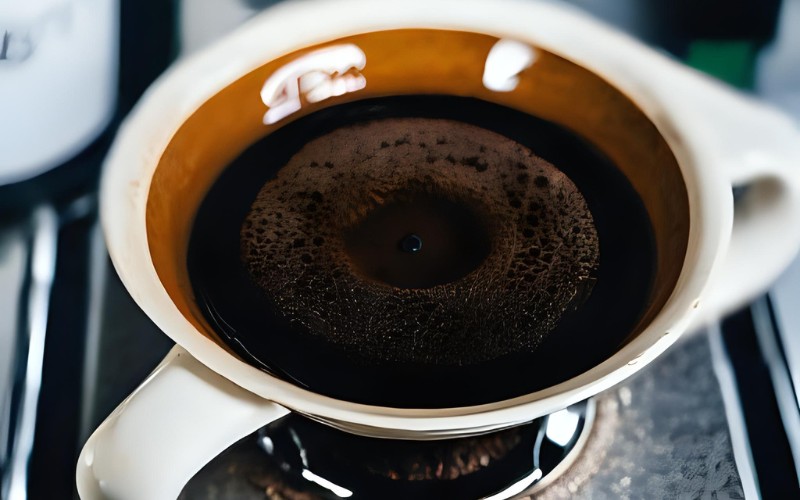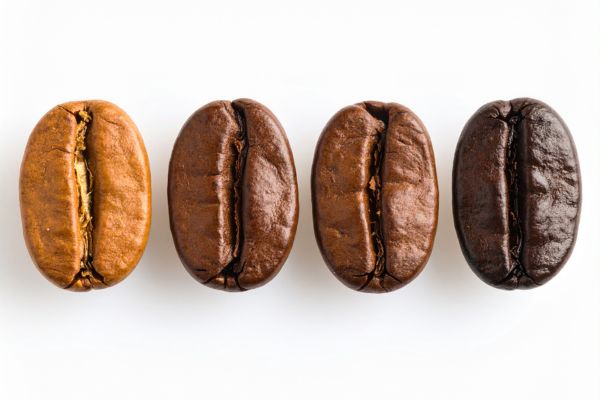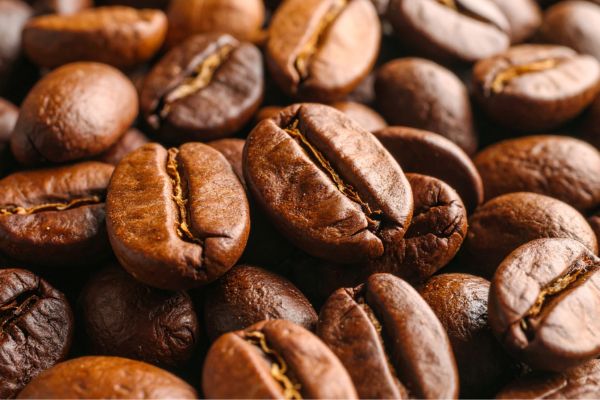
The Coffee Bloom: A Guide to Fresher Coffee
What is the coffee bloom and why is it so important? This guide explains the science behind the bloom, what it tells you about your coffee's freshness, and how to master it for a more even and flavorful extraction.
What is the Coffee Bloom?
If you've ever brewed fresh coffee using a pour-over or French press, you've likely witnessed the coffee bloom: the rapid bubbling and expansion of the coffee grounds that occurs when you first add hot water. This beautiful and aromatic event is more than just a visual spectacle; it's a crucial step in the brewing process and a key indicator of your coffee's freshness.
The Science Behind the Bloom
Coffee beans contain a significant amount of carbon dioxide (CO2) trapped inside them, a natural byproduct of the roasting process. When you grind the beans and add hot water, this trapped CO2 is rapidly released. This release of gas is what causes the grounds to swell and bubble up, creating the "bloom."
The amount of bloom you see depends on a few factors:
- Freshness: The fresher the coffee, the more trapped CO2 it contains, and the more dramatic the bloom will be. Coffee that is more than three or four weeks past its roast date will have already released most of its CO2 and will produce a much smaller, less vigorous bloom. A lack of a bloom is a tell-tale sign that your coffee is stale.
- Roast Level: Darker roasts are more porous and tend to release their CO2 more quickly, so they may have a less intense bloom than a very fresh light roast.
Why the Bloom is Essential for Good Brewing
The bloom isn't just for show; it's a critical part of achieving a delicious, evenly extracted cup of coffee.
The CO2 trapped in the coffee grounds actively repels water. If you were to dump all of your brew water on the grounds at once, the CO2 would push the water away, preventing it from properly and evenly saturating the coffee. This leads to under-extraction, where the water doesn't pull enough flavor from the grounds, resulting in a coffee that tastes sour, thin, and weak.
By taking the time to let the coffee bloom, you are allowing the majority of this CO2 to escape before you begin the main brewing phase. Once the gas is gone, the water can interact fully with the coffee particles, leading to a much more even and complete extraction of all the delicious flavor compounds.
How to Master the Bloom
Mastering the bloom is simple and is the first step in most manual brewing methods.
- Start with Freshly Roasted Coffee: For the best results, use coffee that has been roasted within the last few weeks.
- Use the Right Amount of Water: Start your timer and pour just enough hot water (about twice the weight of your coffee grounds) to saturate all of the grounds evenly. For example, if you're using 20g of coffee, start with 40g of water.
- Wait: Let the coffee bloom for about 30-45 seconds. You'll see it bubble and rise. As it stops bubbling, you'll know the CO2 has been released.
- Continue Brewing: After the bloom is complete, you can proceed with the rest of your brewing process, adding the remaining water in stages as your recipe directs.
By incorporating this simple step into your routine, you ensure that you're getting the most flavor out of your fresh beans and brewing a coffee that is balanced, flavorful, and free of the sourness that comes from under-extraction.


